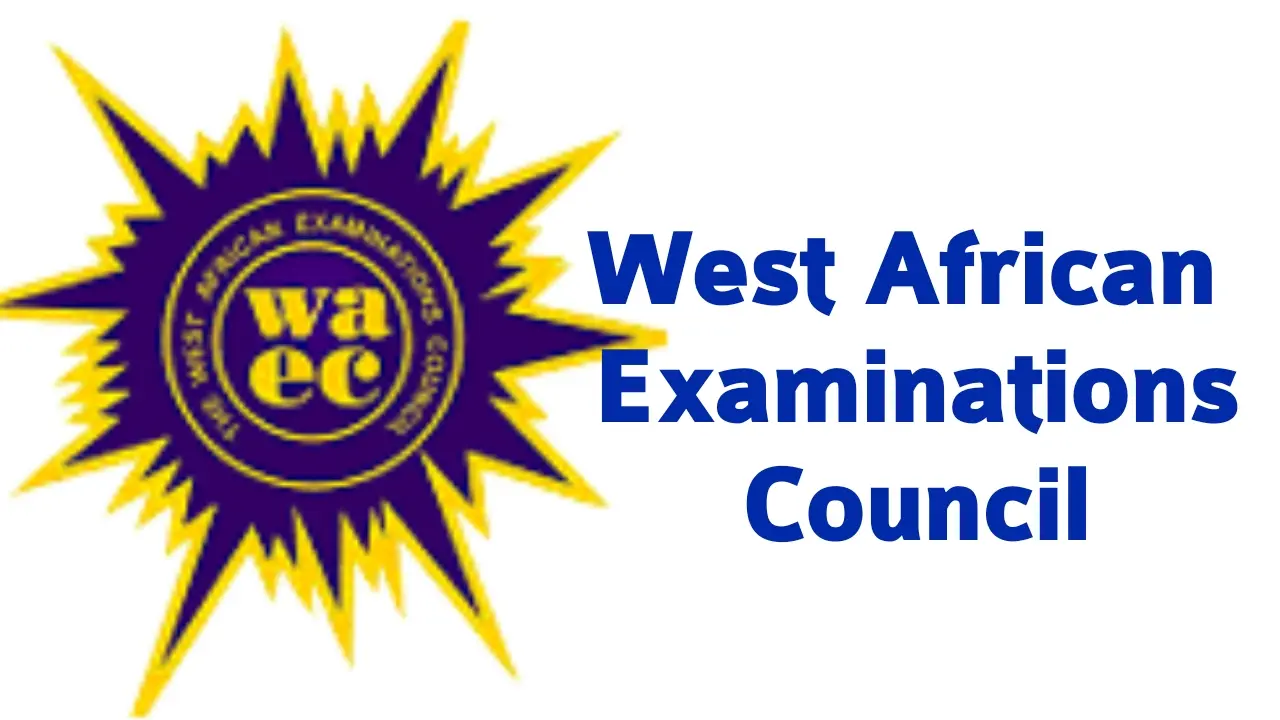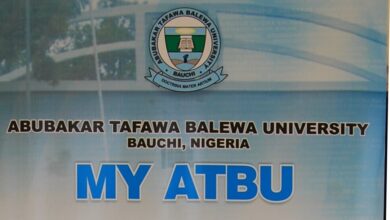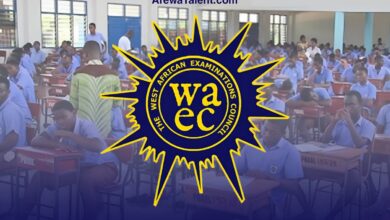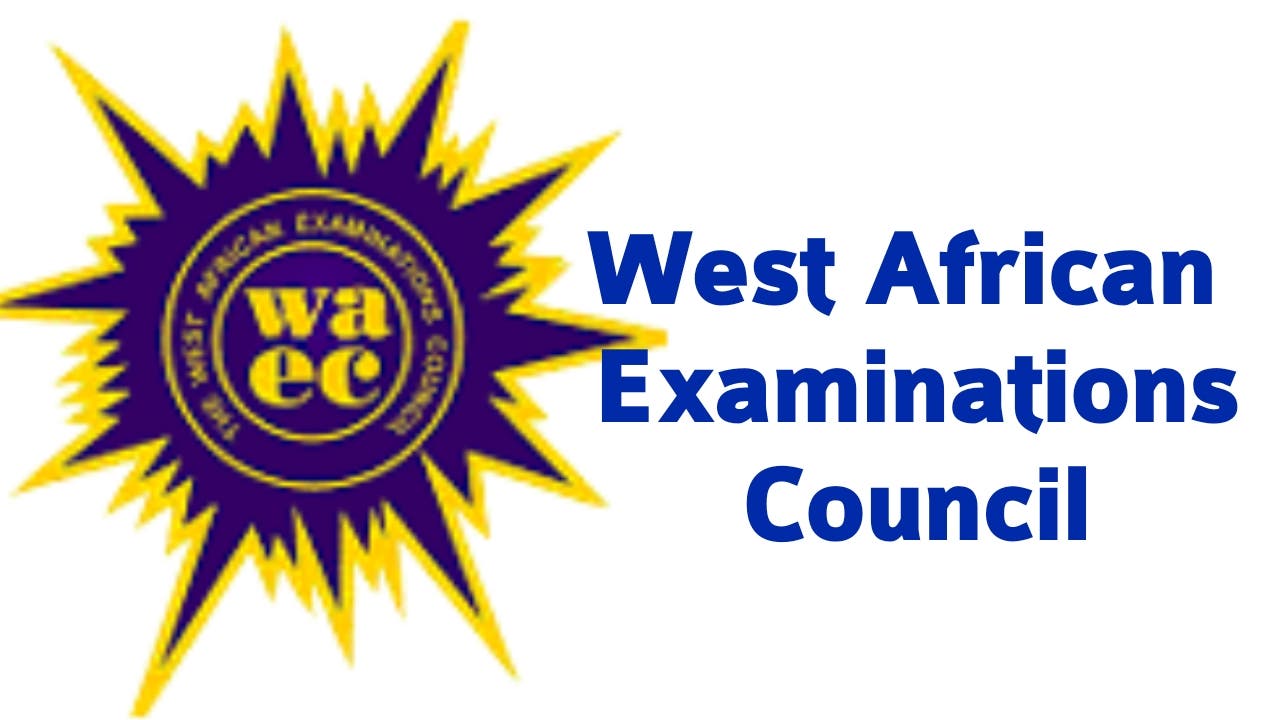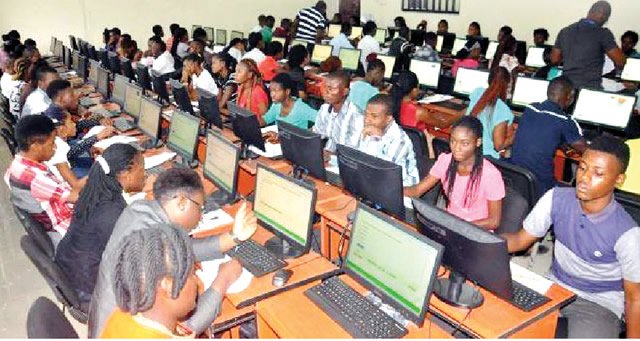WAEC Physics Practical Questions and Answers 2023: Alternative A (Specimens + Apparatus)

Physics 3 (Practical) (Alternative A)
The West African Examination Council (WAEC) is a renowned examination body that conducts the West African Senior School Certificate Examination (WASSCE) for students in West African countries. One of the critical subjects in this examination is Physics, and the practical aspect of this subject is vital for students’ overall performance. In this comprehensive guide, we will provide you with detailed information on WAEC physics practical questions and answers (specimens + apparatus) 2023. We will discuss the essential apparatus, specimens, and possible questions and answers to help you prepare for the upcoming exam effectively.
Introduction to WAEC Physics Practical
The WAEC Physics practical exam is designed to test students’ understanding of various physics concepts and their ability to apply these concepts in real-life situations. The practical exam is divided into three sections, each focusing on a specific area of Physics: Mechanics, Waves, and Electricity. In this exam, students are required to perform experiments, make observations, and analyze data to answer the questions.
WAEC Physics Practical Apparatus
The following is a list of essential apparatus that you may need for the WAEC Physics practical exam in 2023:
- Metre rule
- Stopwatch
- Helical spring
- Retort stand set-up
- Knife edge
- Rectangular block (glass or Perspex)
- Drawing sheet
- Drawing board
- Optical pins
- Drawing pins
- Triangular prism
- Half metre rule
- Plane mirror
- Standard resistor (1Ω)
- Rheostat
- Voltmeter
- Ammeter
- Key/switch
- Source of emf (E=2F)
- Connecting wires
- Resistance box
- Jockey
- Metre bridge
WAEC Physics Practical Specimens
In addition to the apparatus, you will also need the following specimens for the WAEC Physics practical exam in 2023:
- A load of mass 100g concealed and labeled as P
- A load of mass 20g concealed and labeled as Q
- A set of masses m (40g, 50g, 60g, 70g, and 80g)
Sample WAEC Physics Practical Questions
Here are some sample questions that you may encounter in the WAEC Physics practical exam in 2023:
QUESTION 1:
Using a uniform metre rule, a knife edge, masses, and other necessary apparatus, perform the following experiment:
- Suspend the metre rule horizontally on the knife edge. Read and record the point of balance G of the metre rule.
- Using the provided thread, suspend the object labeled W at the 15 cm mark of the metre rule.
- Suspend a mass M = 20 g on the other side of G. Adjust the position of the mass until the metre rule balances horizontally again.
- Read and record the position Y of the mass M on the metre rule.
- Determine and record the distance L between the mass and G. Also, determine and record the distance D between W and G.
QUESTION 2:
Perform an experiment using a rectangular block (glass or Perspex), drawing sheet, drawing board, optical pins, drawing pins, triangular prism, half metre rule, and plane mirror to determine the refractive index of the block.
QUESTION 3:
Using a potentiometer, an ammeter, a standard resistor, cells, and other necessary materials, perform the following experiment:
- Connect the circuit as illustrated in the provided diagram.
- Use the jockey to make contact with the wire at a point T such that AT = d = 20 cm.
- Close the key, take and record the ammeter reading I.
Sample WAEC Physics Practical Answers
Here are some sample answers to the WAEC Physics practical questions provided above:
ANSWER 1:
- The point of balance G can be determined by placing the knife edge at the 50 cm mark of the metre rule and adjusting it until the rule is balanced horizontally.
- Suspend the object W at the 15 cm mark using the provided thread.
- Suspend the mass M = 20 g on the other side of G and adjust its position until the rule balances horizontally again.
- Record the position Y of the mass M on the metre rule.
ANSWER 2:
- Set up the rectangular block on the drawing sheet and drawing board.
- Position the optical pins, drawing pins, triangular prism, half metre rule, and plane mirror according to the experiment’s requirements.
- Perform the experiment as instructed, observing the refracted and reflected rays.
- Calculate the refractive index of the rectangular block using the appropriate formula.
ANSWER 3:
- Connect the circuit as illustrated in the provided diagram.
- Use the jockey to make contact with the wire at a point T such that AT = d = 20 cm.
- Close the key and record the ammeter reading I.
Tips for WAEC Physics Practical Success
To maximize your success in the WAEC Physics practical exam, follow these tips:
- Familiarize yourself with the apparatus and specimens.
- Practice performing the experiments in a physics laboratory.
- Understand the underlying concepts and principles of the experiments.
- Learn the proper techniques for recording observations and measurements.
- Analyze and interpret data accurately.
- Review past WAEC Physics practical questions and answers.
Precautions to Take During WAEC Physics Practical
To ensure accurate results in the WAEC Physics practical exam, take the following precautions:
- Avoid drafts and vibrations during the experiments.
- Ensure that the suspended masses do not touch the table or any other objects.
- Avoid parallax errors when reading the metre rule.
- Ensure that all connections in the circuit are tight and secure.
Understanding Key WAEC Physics Practical Concepts
To excel in the WAEC Physics practical exam, you should have a strong understanding of the key concepts and principles involved in the experiments, such as:
- Principle of moments
- Centre of gravity
- Refraction of light
- Snell’s law
- Ohm’s law
- Kirchhoff’s laws
WAEC Physics Practical Marking Scheme
The WAEC Physics practical exam is marked based on the following criteria:
- Accuracy and completeness of observations and measurements
- Proper analysis and interpretation of data
- Correct application of physics principles and concepts
- Clarity and organization of answers
Conclusion
WAEC Physics practical questions and answers (specimens + apparatus) 2023 will help you prepare effectively for the upcoming exam. By familiarizing yourself with the apparatus, specimens, sample questions, and answers, as well as understanding key concepts and taking necessary precautions, you will increase your chances of success in the WAEC Physics practical exam. We wish you the best of luck in your WAEC Physics practical examination!

